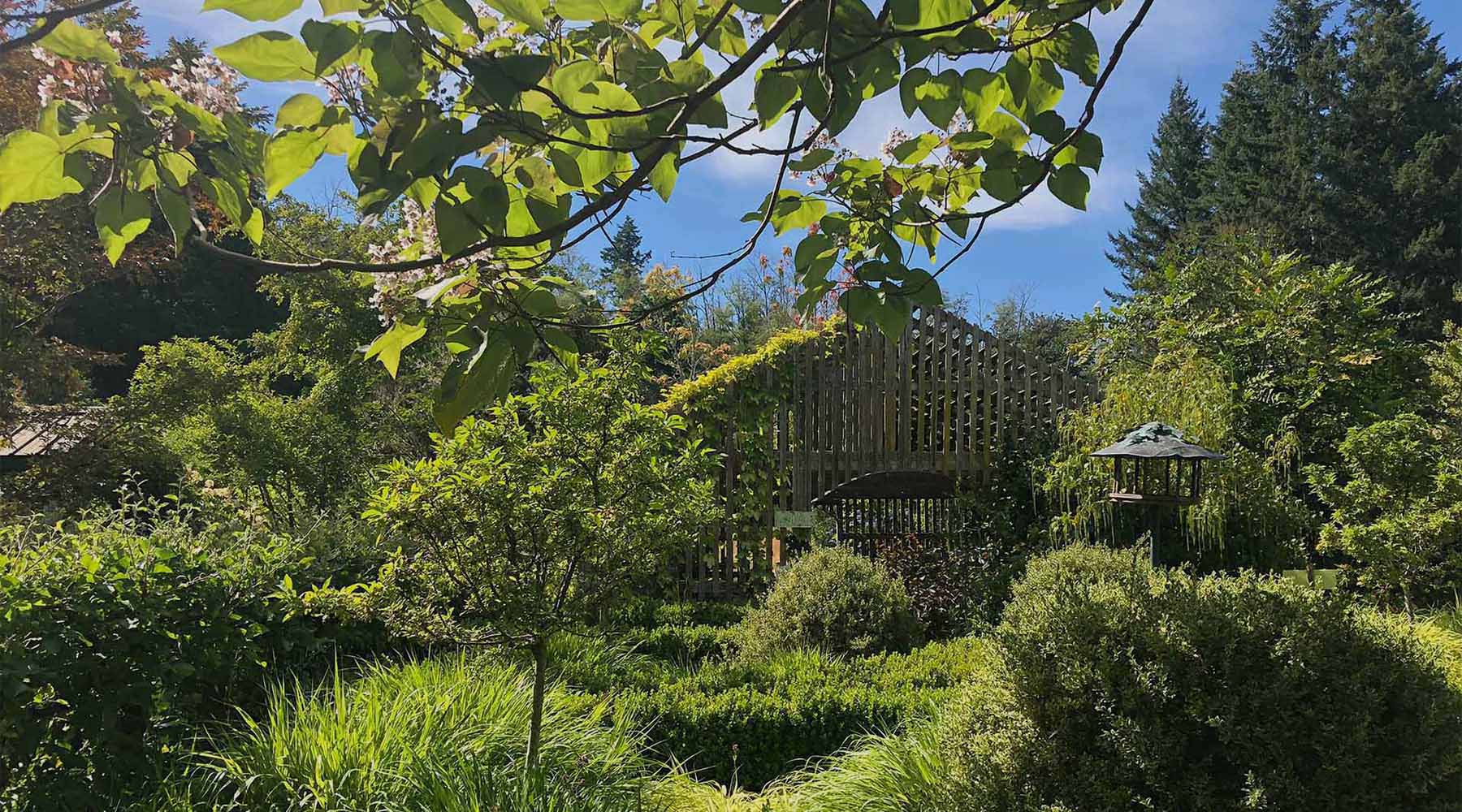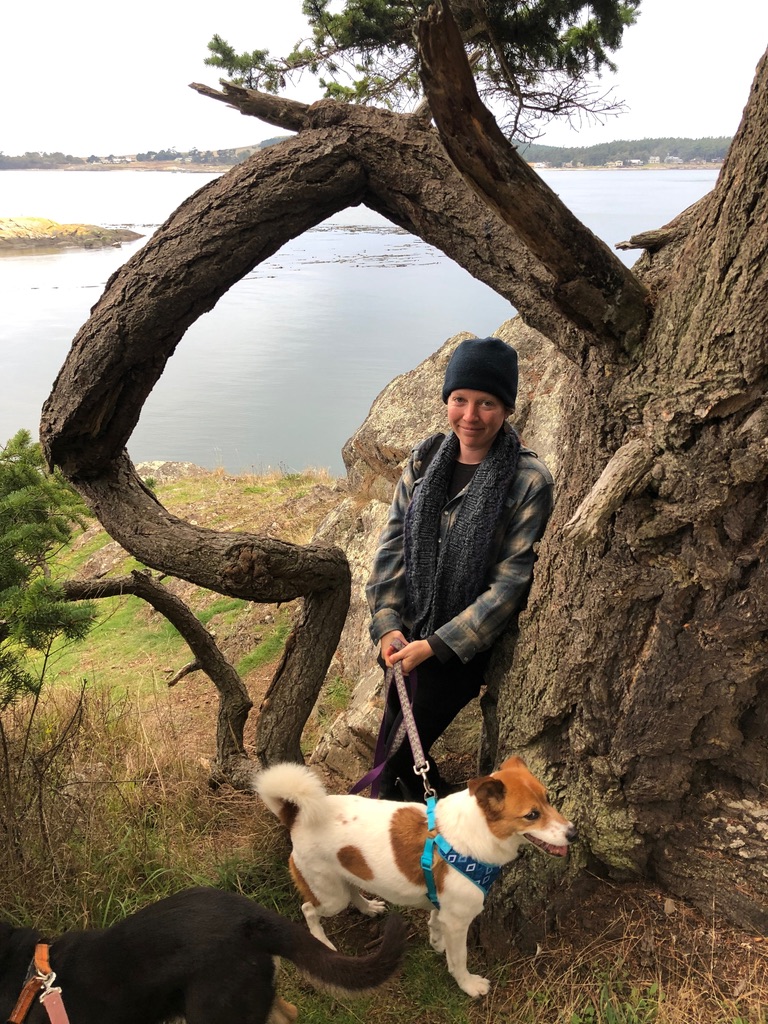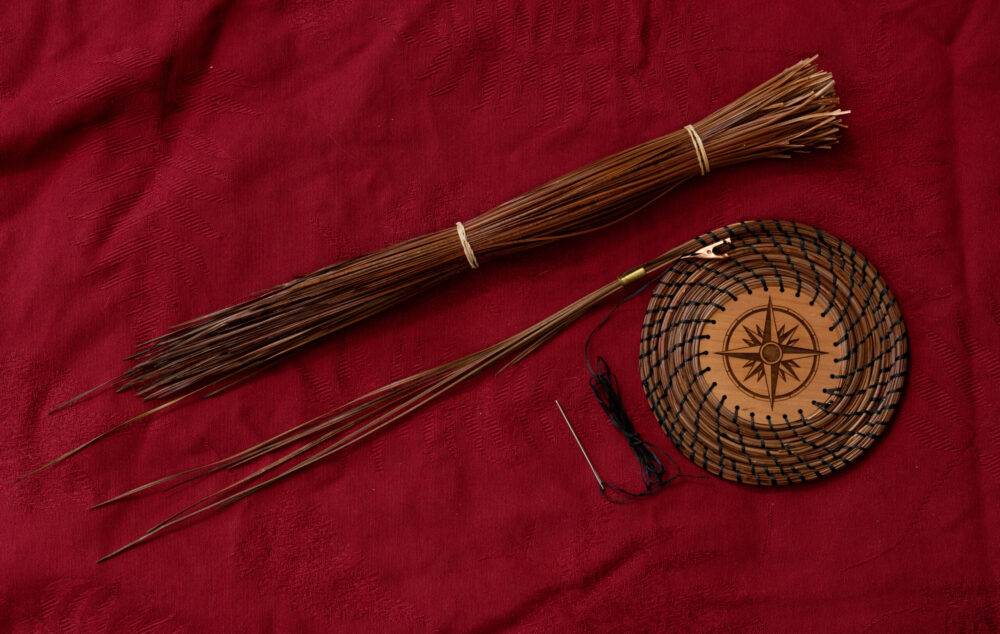Well hello all!
I went to Mt Tahoma ( aka Rainer ) to refresh my brain, which I really needed to do after seeing my large mess up on the recent newsletter!
I listed one class completely wrong, and another had a link that didn’t work.
So this is a correction of the August newsletter for anyone that is trying to register for either Bojagi – The Art of Korean Patchwork or Pine Needle Basketry 101 – Coiling from a Base.
And to make it more interesting I’m including some photos from one of Washington states real treasures – Mt Rainer National Park. It was a short but amazing trip.
UPCOMING CLASSSES
Patti King – textile artist and teacher
Bojagi – The Art of Korean Patchwork
October 22, 2022 – 10 am – 4 pm
Patti is offering this popular class again this fall in the comfort of her gorgeous Langley home and studio. You’ll be given a lovely selection of her special fabrics with clear instructions on piecing them together.
Patti has been in multiple shows and is both a weaver and stitcher. Her library and knowledge is extensive, and she’s eager to share more with either first time or repeat students, who will learn more stitch options.
Kaili Plummer Slate – Teacher of basketry, nettle cordage and earthen plasters & pigments.
Pine Needle Basketry 101 – Coiling from a Base
October 16th, 2022
Kaili Plummer Slate will also be teaching this popular class, with a variety of bases to choose from and all the pine needles ready to go. This class is limited to 6 people, so you can be sure to get plenty of assistance as needed.
Mt Tahoma / Rainer Renewal trip.
The buckwheat in some of the very dry places had turned an incredible red. The park is experiencing a drought, even after the rains we got in the spring – which they got as snow. Water conservation was encouraged at all the camp and restroom sites.
Drama of form, in the adapted plants that deal with heavy snow and lots of wind, from very narrow growing true firs, to very compact huckleberries, heather, and saxifraga.
Stalks of the False Hellebore – Veratrum viride with it’s green star shaped flowers
A mountain goat was grazing most of the morning downslope near Sunrise, just beyond where people can walk. After grazing all morning, he laid down to rest in the shade and chew his cud. I was astounded how close he was to the masses of people that walk around up on the mountain trails.
Prominent seed heads of white flowering Pasqueflower – Anemone occidentalis – form in late summer and are so large they create large punctuation marks throughout the meadows among the other flowers. The heavily ridged leaves, behind it, are the false hellebore plant.
The raging White River was moving so fast you can hear the boulders being rolled along.
Leah and Tuan Nguyen went with me. Sharing the trail observations with my astute plants person daughter, made it far more enriching.
She has a keen eye and an encyclopedic memory for plants features, which still amazes me, and totally amazed Dan Hinkley back in the late 80’s, when she accompanied us on a field trip, during a class I took at Edmonds Community College.
Leah, Tuan and I delighted in some very fabulous berries – starting with the tiny red but incredible tasty, Gaultheria procumbens we found in the wooded lower elevation. Related to our local Salal – Gaultheria shallon, one must look carefully to see the relationship as its so diminutive and without the longer clusters of berries.
This totally adorable, and fabulously power-packed little red huckleberry, Vaccinium deliciosum ( very aptly named ), was at most 8″ tall and in many places only 2-3″ tall. Hard to believe such a small berry can have so much flavor!
The boulders in White River are polished by the mighty force of the glacier melt water, and earlier in the year by the large snow pack melting.
The very architectural and powerful medicinal plant, Devils Club – Oplopanax horridus, growing in wooded and damp areas along Summerland trail. A common name is Alaskan ginseng, due to it’s medicinal properties, although not related to ginseng.
The peak just to the left of the mountains main dome is called Little Tahoma. It’s shape is so captivating.
The interaction of fire and ice created unusual rock formations. Half a million years ago, andesite lava, the most common on Mt Tahoma, flowed along the margin of a large glacier that filled the White River Valley. The ice cooled the lava quickly, causing it to shrink and crack into narrow hexagonal columns that pointed toward the cool glacial ice.
This information is all from a roadside sign and these dramatic rocks are directly across the road.
Thanks for sticking with me during my computer / posting issues.
Gone are the simple days of paying by check or cash and not having to make all the systems interconnect. Paper and pencil were it.
Mary Fisher
www.cultusbaygardens.com
Whidbey Island
@cultusbaygardens
@maemaesew
360-622-6275


















